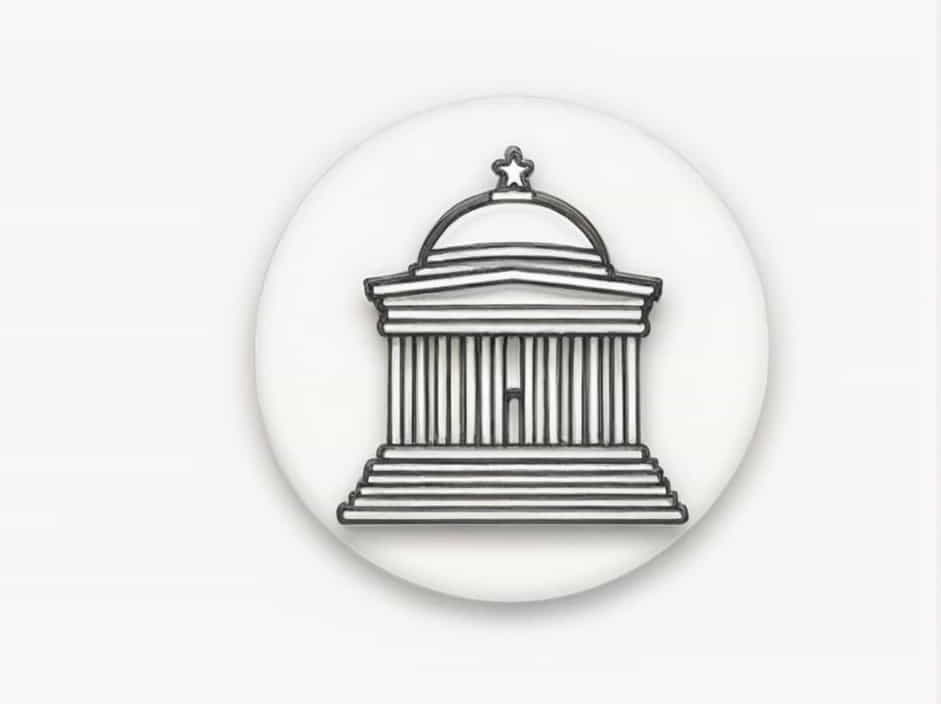The three branches of government are the foundation of the United States government system. These branches-Legislative, Executive, and Judicial-ensure a balance of power and prevent any one branch from becoming too powerful. This system, known as separation of powers, is designed to uphold democracy, fairness, and accountability.
In this topic, we will explore:
-
The purpose of the three branches
-
The roles and responsibilities of each branch
-
How the system of checks and balances works
Understanding these branches is essential for anyone interested in how the government operates.
The Three Branches of Government
1. The Legislative Branch – Making the Laws
The Legislative Branch is responsible for creating and passing laws. It consists of Congress, which is divided into two parts:
-
The Senate – Each state has two senators, making a total of 100 senators.
-
The House of Representatives – The number of representatives is based on a state’s population, with a total of 435 members.
Together, these two chambers form Congress, which has several key duties:
Responsibilities of the Legislative Branch
-
Drafting and passing laws – Congress writes, debates, and votes on laws.
-
Approving the federal budget – Determines government spending and taxation.
-
Declaring war – Only Congress has the power to declare war.
-
Confirming presidential appointments – The Senate approves nominees for key positions like Supreme Court justices and Cabinet members.
-
Overseeing the Executive Branch – Congress has investigative powers to ensure the president and government agencies follow the law.
By representing the people’s interests, the Legislative Branch plays a crucial role in shaping national policies.
2. The Executive Branch – Enforcing the Laws
The Executive Branch is responsible for enforcing and carrying out laws. It is led by the President of the United States, who serves as both head of state and commander-in-chief of the military.
The Executive Branch also includes:
-
The Vice President – Assists the president and serves as the President of the Senate.
-
The Cabinet – A group of advisors, including the Secretary of State, Secretary of Defense, and other department heads.
-
Federal agencies – Organizations like the FBI, CIA, and Environmental Protection Agency (EPA) help enforce laws and policies.
Responsibilities of the Executive Branch
-
Signing or vetoing laws – The president can approve or reject bills passed by Congress.
-
Enforcing laws – Federal agencies ensure that laws are followed.
-
Commanding the military – The president directs the armed forces.
-
Conducting foreign policy – The president negotiates treaties and meets with world leaders.
-
Appointing government officials – The president nominates judges, ambassadors, and other key officials.
The Executive Branch ensures that laws passed by Congress are put into action and upheld across the nation.
3. The Judicial Branch – Interpreting the Laws
The Judicial Branch is responsible for interpreting laws and ensuring they are applied fairly. It consists of the court system, with the Supreme Court as the highest authority.
Other courts include:
-
Federal Courts of Appeals – Handle cases appealed from lower courts.
-
District Courts – The first level of federal courts that hear cases involving federal law.
The Supreme Court has nine justices, who are nominated by the president and confirmed by the Senate. These justices serve for life, ensuring independence from political influence.
Responsibilities of the Judicial Branch
-
Reviewing laws – The Supreme Court can determine if laws violate the U.S. Constitution.
-
Settling disputes – Federal courts handle cases involving states, businesses, and individuals.
-
Protecting constitutional rights – Ensures that government actions follow the Constitution.
-
Overturning unconstitutional laws – The Supreme Court has the power to strike down laws that conflict with constitutional principles.
The Judicial Branch acts as a guardian of justice, ensuring that laws are applied fairly and protecting the rights of citizens.
How the Three Branches Work Together
The U.S. government operates under a system of checks and balances. This means that each branch can limit the power of the other branches, preventing any single branch from becoming too powerful.
Examples of Checks and Balances
-
Congress (Legislative Branch) makes laws, but the President (Executive Branch) can veto them.
-
The President can appoint Supreme Court justices, but the Senate must approve them.
-
The Supreme Court can rule a law unconstitutional, limiting the power of Congress and the President.
These checks ensure that no branch dominates the government, maintaining fairness and accountability.
Why Are the Three Branches Important?
The separation of powers is a key feature of democracy. It prevents abuses of power and ensures that government actions reflect the will of the people.
The three branches work together to:
-
Protect individual rights – Ensuring that freedoms like speech and religion are upheld.
-
Promote stability – Preventing any one person or group from making decisions alone.
-
Encourage accountability – Holding leaders responsible for their actions.
Without this system, the government could become too powerful, leading to corruption, dictatorship, or injustice.
The three branches of government-Legislative, Executive, and Judicial-are essential for democracy. Each branch has specific responsibilities, ensuring that laws are made, enforced, and interpreted fairly.
The system of checks and balances prevents any one branch from becoming too powerful, maintaining a stable and just government. Understanding these branches helps citizens engage with politics, vote responsibly, and protect their rights.
